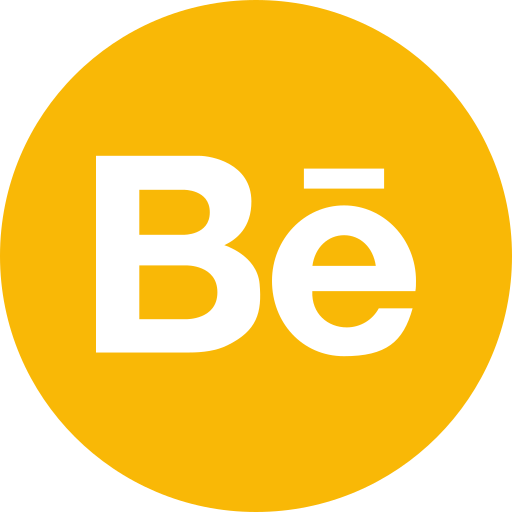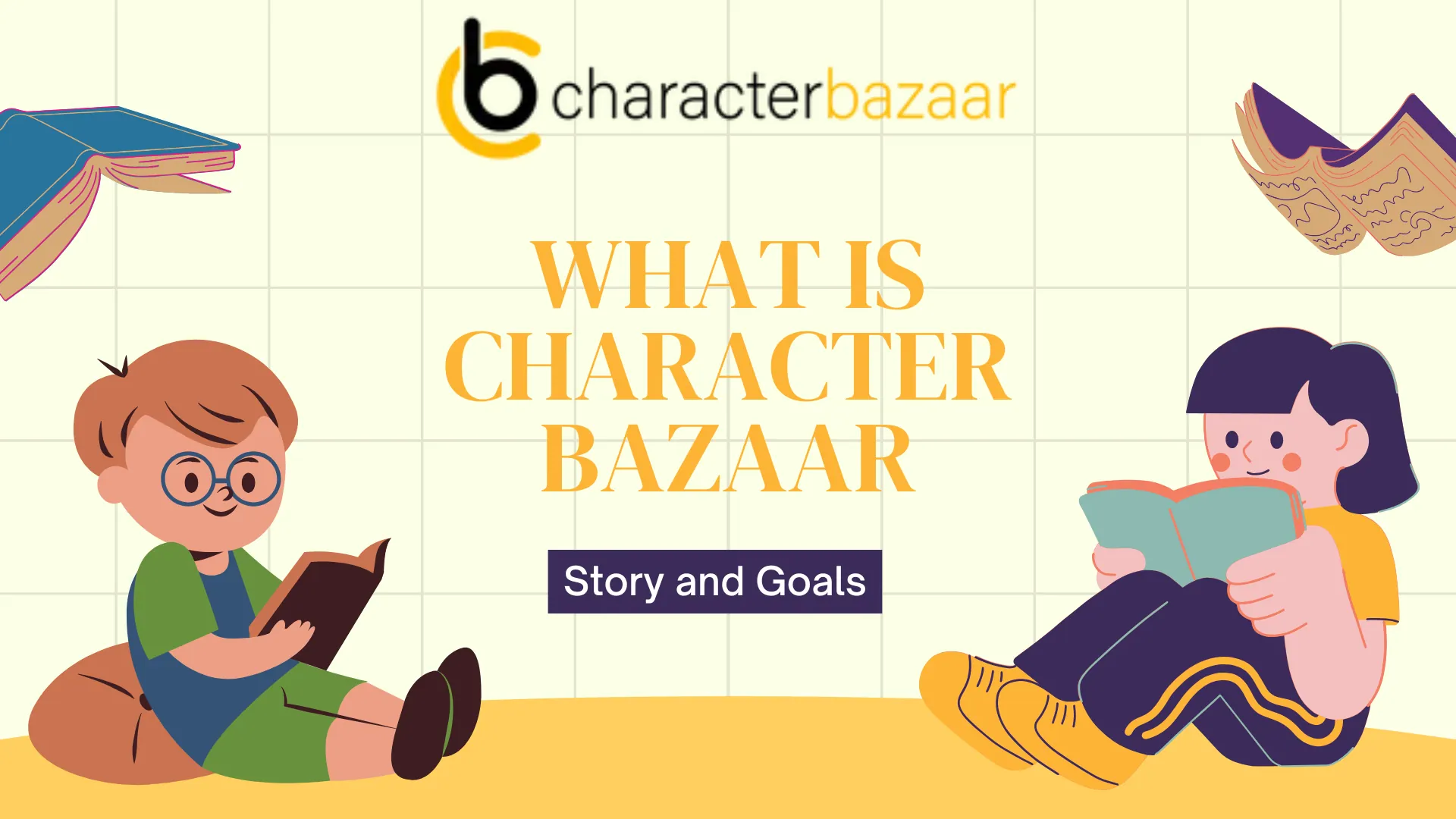
How to draw characters? The Art and Science of Drawing Characters
Drawing compelling characters is literally the cornerstone of any successful animated project. From the next mega-hit animated series to the character designer for the next killer mobile game, the skill to draw engaging charactersis involved. Where do you get started? How do you take scribbles on a piece of paper and let it breathe?
Let us journey through the realm of character drawing, unlocking some secrets that are likely to make your drawings unforgettable characters.
Let us journey through the realm of character drawing, unlocking some secrets that are likely to make your drawings unforgettable characters.
The Foundation: Anatomical Knowledge
Understanding human and animal anatomy is important in creating believable characters, termed “knowing the rules before you can break them.” Here’s why:
- Proportion: Most basically, knowledge of the basic proportions of the body gives the artist a sense for creating character designs that look “right,” even when exaggerated.
- Gesture/Movement: Knowing how muscles and joints function helps in creating perfect pose characters.
- Expressiveness: One of the key elements in the expression of characters is facial anatomy.

Finding Your Style: The Quest to Uniqueness
Having a distinctive style in this sea of animation could be likened to a lighthouse that puts it above the rest. However, how is one supposed to actually get one? Here are some tips for creating one:
- Research different art and animation styles via other artists’ works.
- Do not be ashamed to experiment across techniques, media, or ways.
- Love your quirks. After all, those “mistakes” might just be the elements that become your signature style.
- Keep iterating and refining; your style will evolve organically in its time.
Character Design Process: Concept to Final Drawing
Now, the steps into which the character design process goes can be made out to be:
1. Conceptualization
One needs a brief or a story to start with. Who is he? What is his job? What is his personality like? Write down anything important in their traits and visuals.
2. Research and Reference
Reference images that inspire you or relate to your character. Could be anything from clothing style to animal features, depending on your concept.
3. Thumbnails
Quick, loose sketches to try out variant designs. Don’t worry too much about details; focus on the overall shape and silhouette.
4. Refinement
Select your favorite thumbnails and start to develop. Add more details, play around with the proportions of each, and play around with features until you have a final design that you like looking back at.
5. Model Sheet
Develop a character turnaround sheet where the character is shown from the front, from the side, and from the back. This is to maintain consistency and is highly critical for animation.
6. Make an Expression Sheet
Develop an expression sheet that depicts various emotions. This brings your character to life and may help the animators in establishing the personality of the character.
7. Make Final Touches
Colour your character, clean the lines, and add any final details that bring your character to life.
The Power of Silhouettes
Work on silhouettes. This is the idea that a well-designed character should be recognizable from his silhouette alone. In the animation world, this principle is paramount since characters very often have to be recognizable in glimpses or when their figures move fast.
Try this exercise: Draw your character in silhouette in solid black. Can you still tell who they are and what they’re doing? If not, it might be time to rethink your design.
Read more: 12 Principles of Animation Explained with Examples
Try this exercise: Draw your character in silhouette in solid black. Can you still tell who they are and what they’re doing? If not, it might be time to rethink your design.
Read more: 12 Principles of Animation Explained with Examples

Read more: Silhouette Principle. How To Make Your Art Clear And Appealing. Source- cristinateachingart.com
Bringing Characters to Life: The Art of Expression
A character’s face is the most expressive part of their body. If you master expressing the emotions of the face, you’ll move your character designs from good to unforgettable. This is how you do it:
- Study real faces: Observe people in many different emotional states.
- Exaggerate key features: In animation, subtle doesn’t always work. Don’t be afraid to push expressions.
- Use the whole face: Remember, expressions involve more than just the mouth and eyes.
- Practice, practice, practice: Keep an expression sketchbook and fill it out daily.

Creating a Character Model Sheet
Characters are an essential ingredient in animation. The character model sheet is not only essential for the animator at the time of developing the character, but it is also one of the referencing guides for anyone handling the character. What to include in this sheet:
- Turnaround views: front, 3/4, side, back
- Expression sheet
- Key poses or action shots
- Color palette
- Prop details if applicable
- Size comparison with other characters

Find good examples of various Charcater Modelsheets at CharacterBazaar
The Digital Frontier: Drawing Characters in the Digital Age
Although traditional drawing is a worthy skill, digital tools today have taken character design to a different level. Here’s how one can leverage digital drawing effectively:
- Experiment with layers. Layers will facilitate easy changes and iterations.
- Use the symmetry tools. These are quite useful for uniformity in your design.
- Try different brushes. Use those that work best for your style.
- Make use of transform tools. These allow resizing, rotating, and adjusting easily.

Character Design for Different Animation Styles
Different animation styles require different approaches to character design. Here’s a quick guide:
Different Approaches to Character Design
| Animation Style | Character Design Approach |
|---|---|
| 2D Traditional | Focus on clear silhouettes and expressive line work |
| 3D CGI | Consider how the character will look from all angles; think about textures |
| Stop Motion | Design with physical materials in mind; consider how the character will be built |
| Anime | Emphasize large eyes and exaggerated expressions; pay attention to hair styles |
Conquer the Most Common Character Design Challenges
Even experienced artists are not immune. Here are some common challenges and how to conquer them:
- Stiff poses: The solution is to study gesture drawing to create more dynamic characters and poses.
- Lack of originality: This can be achieved by smashing together unexpected elements or subverting common tropes.
- Inconsistency across drawings: It can be developed and referred to from a solid character model sheet while drawing.
The Future of Character Design: AI and Beyond
If one were to gaze far into the future, closing one’s eyes to this fact could prove pretty hard: AI plays a big role in character designing. Even though AI tools are very good at unfolding ideas and doing many things fast enough, none of them will ever replace human creativity and emotional intelligence.
Take AI for your toolkit, not crutch. The most compelling characters without doubt will always come from the razor-sharp perspective and creative vision of human artists.
Conclusion: A Never-Ending Journey of Character Design
It’s more than putting pencil to paper to draw characters. It’s about developing personalities and stories and bringing your imagination to life. Just keep in mind that every really good character started out as a simple sketch. Just keep working at it, stay inquisitive, and don’t be daunted by stepping outside the lines.
Your characters will be your legacy in animation. Make them count!
FAQs:
1. What’s the average time to spend till becoming proficient at character drawing?
It really depends. If you spend time on it consistently over a few months to a few years, you should get good enough.
2. What is the best software for digital character drawing?
Adobe Photoshop, Adobe Illustrator, Clip Studio Paint, and Procreate are some of the best. However, the best one would still depend on a user’s necessity and purpose.
3. How do I make the characters look similar when I draw them in different drawings?
You could make a character model sheet with every angle, and also with expressions.
4. How does the process of designing a character differ between 2D and 3D animation?
The character’s design in 3D animation commonly considers how it should be seen from all directions. In contrast, in 2D, this might lean more towards the emphasis on strong silhouettes or line work.
Read more: Types of animation: 2D, 3D, Traditional and so on
Read more: Types of animation: 2D, 3D, Traditional and so on
5. What is a character turnaround, and why is it necessary?
A character turnaround is a rendering of the character from multiple camera views to ensure the model and animation looks the same.
Let's Discuss !!














